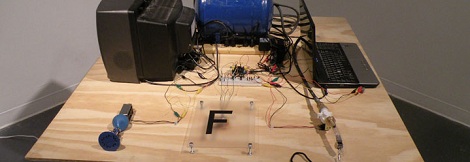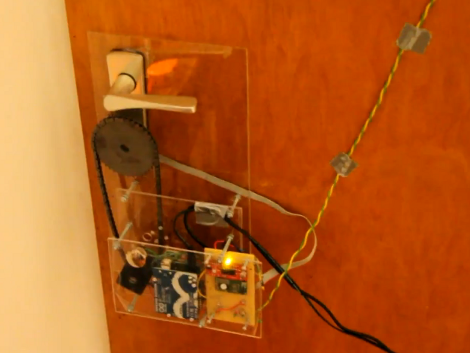
Hack a Day alum [Will O’Brien] recently upgraded his phone, and was trying to find a use for his old one. He always wanted a remote starter for his Subaru Outback, but wasn’t interested in paying for an off the shelf kit. Since he had this old smartphone kicking around, he thought that it would be the perfect starting point for an SMS-triggered remote start system.
He started off by jailbreaking his phone, which allows him to run some Perl scripts that are used to listen for incoming texts. Using a PodBreakout mini from Sparkfun he connected the phone to an Arduino, which is responsible for triggering the car’s ignition. Now, a simple text message containing the start command and a password can start his car from a anywhere in the world.
While [Will] is quite happy with his setup he already has improvements in mind, including a way for the Arduino to send a message back to him via SMS confirming that the car has been successfully started. He’s thinking about putting together a kit for others looking to add the same functionality to their own car, so be sure to check his site periodically for project updates.
















